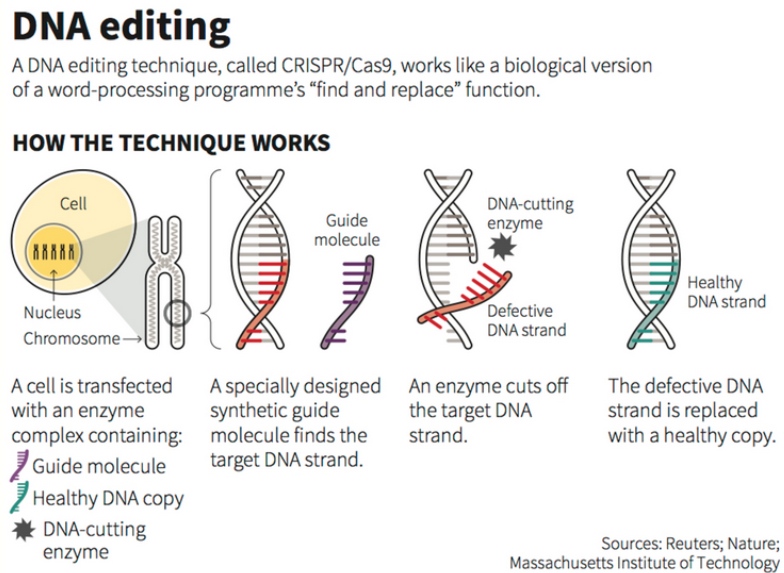7667766266
enquiry@shankarias.in
Prelims: Science and Technology | Current events of national and international importance
Why in News?
Recently, India has developed the world’s first-ever genome-edited rice varieties.
A gene is the basic physical and functional unit of heredity. Genes are made up of DNA. Some genes act as instructions to make molecules called proteins, which are needed for the body to function. However, many genes do not code for proteins, instead they help control other genes.
|
Gene Editing by Bacteria |
|

Gene Modification
Reference